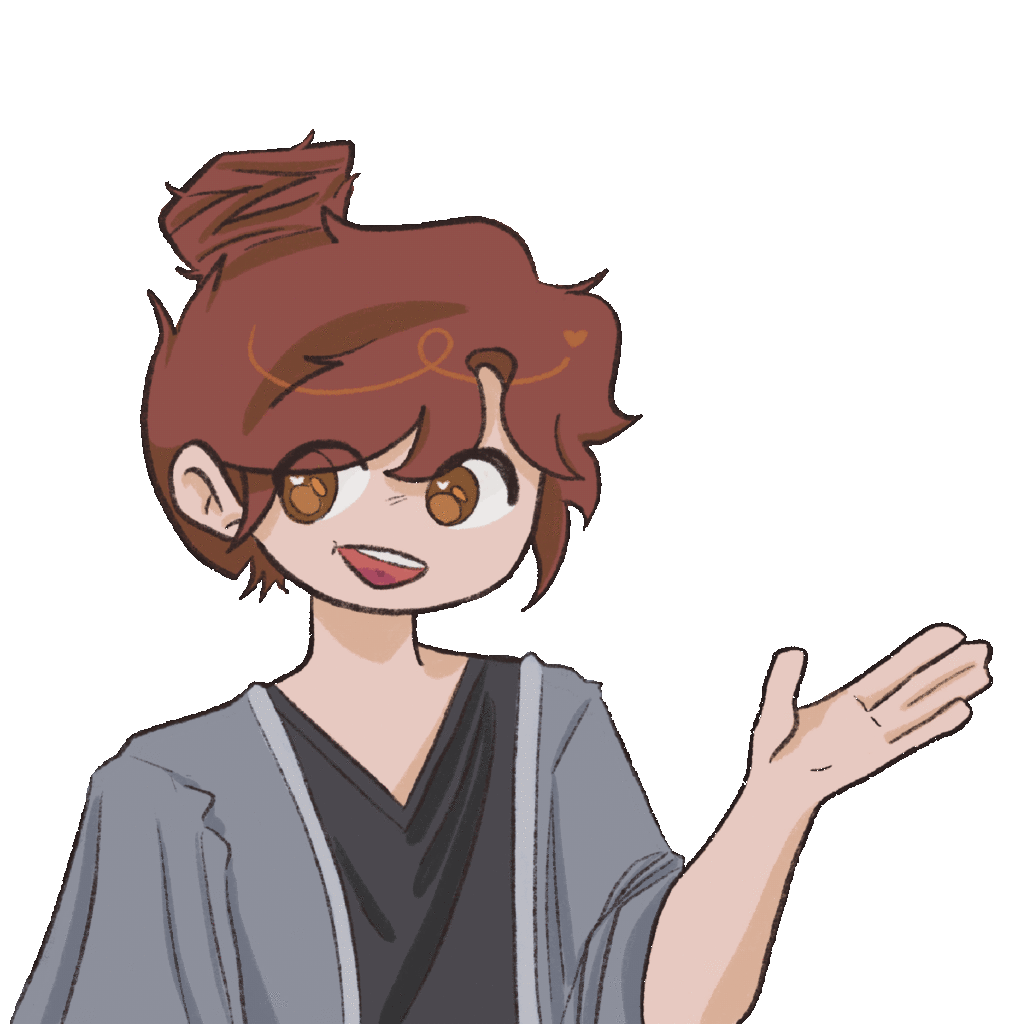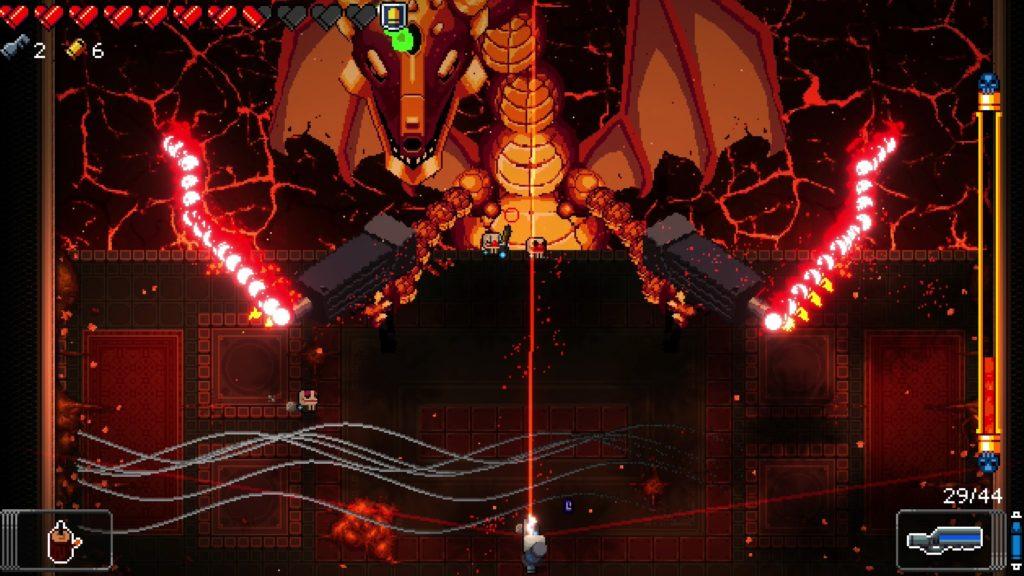Cube Escape: Paradox was developed by Rusty Lake, an independent studio, and is the tenth installment in the Cube Escape series. It is a 2D escape room game available on PC, iOS, and Android platforms. This game is suitable for players who enjoy puzzles, fragmented storytelling, and don’t mind a bit of horror.
How is narrative woven into the mystery through its mechanics
Like most escape room games, “Paradox” employs the Evocative Spaces narrative technique: every item, photo, and note in the room hints at a story that once occurred. As players unlock drawers, restore puzzles, or read manuscripts, they seem to be observing the room’s past. However, this narrative often creates a disconnect with the immediate goal of “I want to leave the room”—players are more “watching” the story rather than “becoming” the hero of the story.
In order to truly immerse players in the hero’s role, the game cleverly introduces a mirror: in some early puzzle segments, players must first “dress the person in the mirror” by putting on a coat and lighting a cigar. When selecting items in the scene, Dale in the mirror picks them up and uses them. This design allows players to not only manipulate objects but also make behavioral choices for the character, as if they are becoming that detective rather than just their projection. This is similar to playing Geralt in “The Witcher” series, where the character has a distinct personality, and players are placed in his perspective, driving the integration of narrative and puzzle-solving.

![]() How does the architecture of the setting control the story
How does the architecture of the setting control the story
There are three main stages in the game, each cleverly advancing the narrative through environmental architecture. The first part takes place in a closed cube-shaped room. In this traditional escape room layout, the layered unlocking mechanisms gradually reveal a wealth of information to players: the deceased, two mysterious figures, and the hero’s identity become clearer bit by bit, and the truth of the case is gradually unveiled.

The second part shifts into the protagonist’s inner world, where the environment is filled with surreal elements. The puzzles here not only increase in mechanical difficulty but also symbolize Dale’s exploration of self-awareness, with the space itself becoming a psychological maze.

The third part takes players out of the room and into a foggy forest. The gameplay shifts from static unlocking to dynamic navigation, with multiple branches hidden beneath the forest paths. The frightening elements make players feel the protagonist’s helplessness and loneliness. Finally, emerging from the forest to a sunny lakeside suggests that the protagonist has finally been rescued and returned to the normal world, but even more bizarre events follow.
MDA Analysis
Mechanics: The game centers around touch and drag mechanics: picking up items, interacting with the mirror, sliding puzzles, and room-linked mechanisms. The game sets up a tape recorder and a television in the room, and after a portion of the puzzle is solved, it conveys the story background and clues to players through short clips and audio. The game lacks a hint system and does not highlight clues.

Dynamics: The direct manipulation and synchronized actions in the mirror create a sense of immersion for players. The video clips at each stage allow players to switch between logical reasoning and emotional experience. However, the high difficulty of the puzzles and the lack of a hint system can lead to frustration during puzzle-solving.
Aesthetic: The game offers two aesthetic experiences: Narrative and Challenge.
Accessibility Issues
Dispite the excellent game design of “Cube Escape Paradox,” there are significant accessibility issues. The game heavily relies on fine visual clues, such as strange runes and the projection of slides on the painting, which can be challenging for visually impaired players. Additionally, the game does not offer colorblind modes, contrast adjustments, or screen reader support. Some players in the community have mentioned that the in-game text font is too small, leading to a poor reading experience, especially on mobile screens.
Mystery games need to make clues hard to find in order to maintain the challenge. This design makes most players enjoy the game more, but it can frustrate some players with visual or auditory impairments. For Cube Escape, I think they could add accessibility options in the settings, such as automatically highlighting clues and expanding the trigger range of interactive objects. This would allow more players to enjoy the game.



